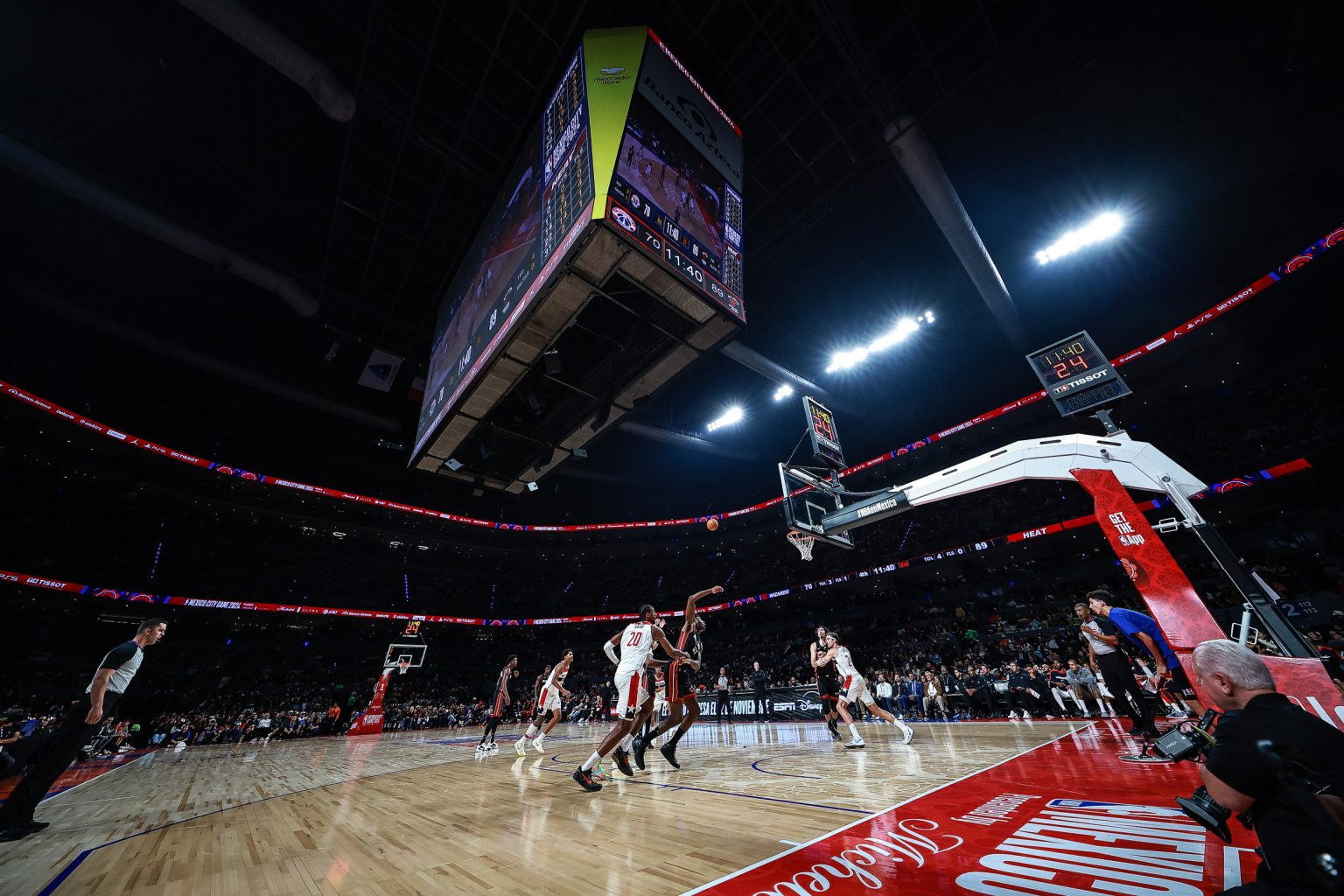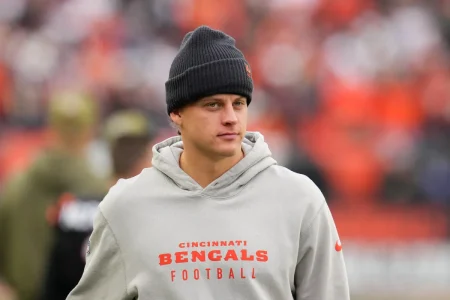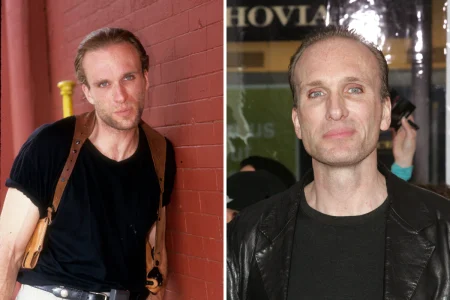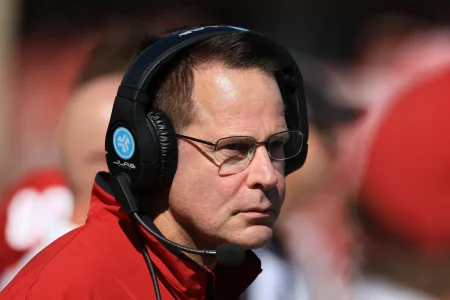The Miami Heat have traded reserve center Thomas Bryant to the Indiana Pacers in exchange for a swap of second-round draft picks, addressing the Pacers’ urgent need for frontcourt depth and providing Bryant an opportunity for increased playing time. The trade, reported by ESPN’s Shams Charania, comes early in the 2024-25 NBA season and reflects the Heat’s willingness to part with a player who had already fallen out of their rotation. For the Pacers, acquiring Bryant provides a much-needed veteran presence in a frontcourt decimated by injuries.
The Pacers’ center position has been significantly weakened by season-ending Achilles tendon injuries to both Isaiah Jackson and James Wiseman, leaving a void behind starting center Myles Turner. Bryant, while not a star player, brings valuable NBA experience and a skillset that fits the modern game. His ability to stretch the floor with his outside shooting makes him a complementary piece alongside Turner, who excels as a rim protector and defensive anchor. The trade offers Bryant a chance to revitalize his career after seeing limited minutes in Miami.
Bryant, an eight-year NBA veteran, had averaged only 4.1 points and 3.2 rebounds in 11 minutes per game for the Heat this season. His role diminished with Miami’s established rotation and the presence of other frontcourt players. The trade to Indiana presents an opportunity for Bryant to contribute more substantially and potentially reclaim a more prominent role in a team’s rotation. The Pacers, facing a challenging season due to injuries, will benefit from Bryant’s experience and floor-spacing abilities, providing a stabilizing presence in their depleted frontcourt.
For the Heat, the trade represents a minor roster adjustment, freeing up a roster spot and slightly reducing their salary burden. Given Bryant’s limited role in Miami, the move has minimal impact on their rotation. The swap of second-round picks is unlikely to significantly alter either team’s future draft plans, representing more of a procedural element of the trade than a substantial asset exchange. The Heat likely prioritized granting Bryant an opportunity for more playing time while gaining a marginal draft asset in return.
This trade highlights the dynamics of the NBA landscape, where teams constantly evaluate their rosters and seek opportunities to improve their situations. For the Pacers, the acquisition of Bryant addresses a pressing need created by unfortunate injuries. For Bryant, the trade represents a chance for a fresh start and the possibility of increased playing time and contribution. For the Heat, it’s a pragmatic move to streamline their roster and potentially gain a slight advantage in future drafts.
The trade exemplifies the strategic maneuvering characteristic of professional sports. Teams must adapt to unforeseen circumstances, such as injuries, and proactively seek solutions to maintain competitiveness. The Pacers, facing a depleted frontcourt, acted decisively to acquire a veteran presence in Bryant. Meanwhile, the Heat capitalized on an opportunity to provide a player with a better opportunity while obtaining a minor asset. This trade, while not a blockbuster move, underscores the importance of roster management and the constant pursuit of improvement in the highly competitive NBA.















